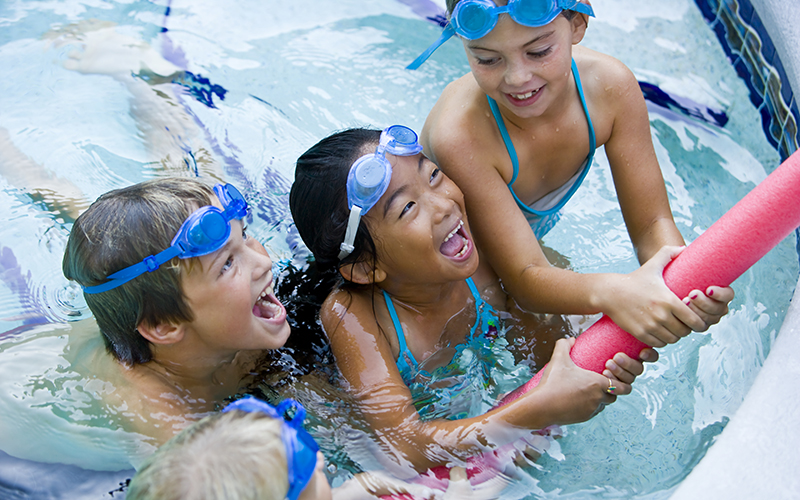
Summer brings the sun and warmer weather, which is perfect for swimming in pools, lakes, rivers, and ponds. Swimming is so much fun, and great exercise, but it can also be dangerous. Help keep yourself and your loved ones safe, with these helpful tips:
Tip 1: Check the water safety of your swimming location to make sure the water is warm and clean.
Natural bodies of water can be too cold for swimming and sometimes have poop or toxic algae which makes people sick from swimming or playing in the water. If there is poop in the water, you can get sick from swimming or wading there. The most common symptoms are diarrhea (watery poop), throwing up or feeling nauseous, stomachaches, headaches, or fever.
Use these websites to check the safety of various local swimming areas:
Lake Washington and Lake Sammamish
Puget Sound swimming locations
Tip 2: Be prepared. Do you know the area well enough to be safe?
- There’s safety in numbers, if swimming somewhere new, go in a group.
- While not recommended, if you do ever go swimming alone, make sure to let someone know where you are going and when you plan to return.
- Bring a cell phone with you or know where to find the nearest phone.
- Proceed with caution. Wet areas can be surprisingly slippery, and there can be sudden drop-offs in lakes and rivers.
- If swimming with children, teach them to wait for your “OK” before going near any body of water.
- Do not swim during or after drinking alcohol.
Tip 3: Know your limits.
Do you know how to float, tread water, or swim? Wearing a lifejacket and making sure it fits properly is a great way to ensure safe swimming. You can rent lifejackets at many locations throughout the state, and there’s currently a discount on purchasing lifejackets through October 31, 2024. See the details.
- If you or your children cannot swim, limit water activities to wading and choose areas with lifeguards for swimming and playing.
- Have a “water watcher” to keep an eye on swimming children at all times- young children should remain in sight at all times when water is nearby.
- Sign up for swimming lessons! Learning how to swim is an important tool for water safety and drowning prevention. King County Parks offers swim lessons at the Weyerhauser King County Aquatic Center.
Tip 4: Know what to do in an emergency.
- Learn first aid and CPR.
- Be ready to dial 911 in an emergency.
- Learn safe ways of rescuing others without putting yourself in danger. Reach out to someone in trouble in the water while holding on to something stable. If you can’t reach them, throw them something that floats
This content was derived from various sources referenced throughout the article and the following additional resources:
Washington Department of Health Water & Beach Safety

